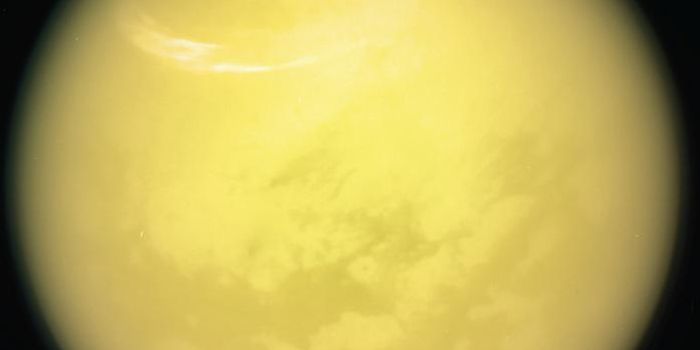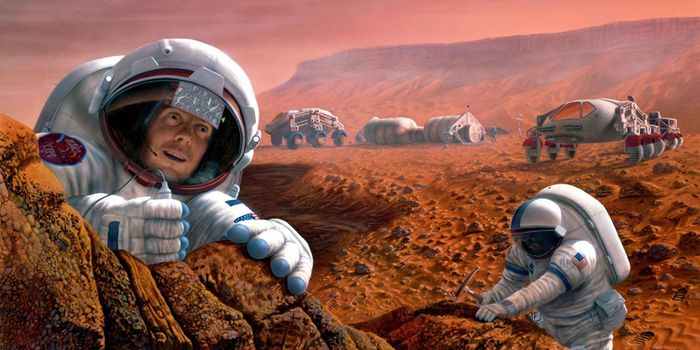The Core Stage of NASA's SLS Rocket is On the Move
Artemis is a bold new mission by NASA to push humanity forward in its ongoing quest to achieve long-term deep space travel. Artemis will begin by utilizing the Moon as the starting ground, and later, develop a gateway that could facilitate the transport of humans to more distant places, like Mars. Perhaps one of the most iconic components of the Artemis mission is NASA’s upcoming ‘SLS’ rocket.
Image Credit: NASA
SLS, which is short for Space Launch System, will be the most powerful rocket NASA has ever built. Powering this behemoth rocket will be four flight-proven RS-25 engines, which are the same type of engine that powered NASA’s iconic (and now retired) space shuttle for three decades. Perhaps unsurprisingly, these RS-25 engines were given some upgrades to better suit the mission at hand.
The SLS rocket in and of itself is far from complete, but the rocket’s first core stage has been fully assembled and is now ready to undergo rigorous testing to ensure its readiness for space travel. Just this past week, NASA loaded the SLS first core stage onto its Pegasus barge so that it can float its way up the Mississippi river from the Michoud Assembly Facility in New Orleans, Louisiana to the Stennis Space Center in Mississippi.
Related: Here's why NASA's Artemis mission is so important
After the SLS first core stages arrives at its destination, it will undergo a test campaign that NASA calls the ‘Green Run,’ which will involve proving the operational function of the first core stage for the first time. Perhaps unsurprisingly, this also means testing the stage’s four RS-25 engines, allowing them to burn for approximately the same amount of time they would if the first core stage were being launched into space.
If everything goes according to plan, then the SLS first core stage will move on to its next destination: Florida’s Kennedy Space Center. There, engineers will attach the SLS’s side-mounted booster rockets and Orion capsule, readying it for an imminent test launch from the space agency’s Launch Pad 39-B.
A second SLS first core stage is already under construction as the first undergoes its initial round of testing. It’ll be a few more years before humans fly into space or visit the Moon on the SLS rocket platform, but assuming NASA’s ambitions are as realistic as they say they are, the wait will certainly be worth it.









